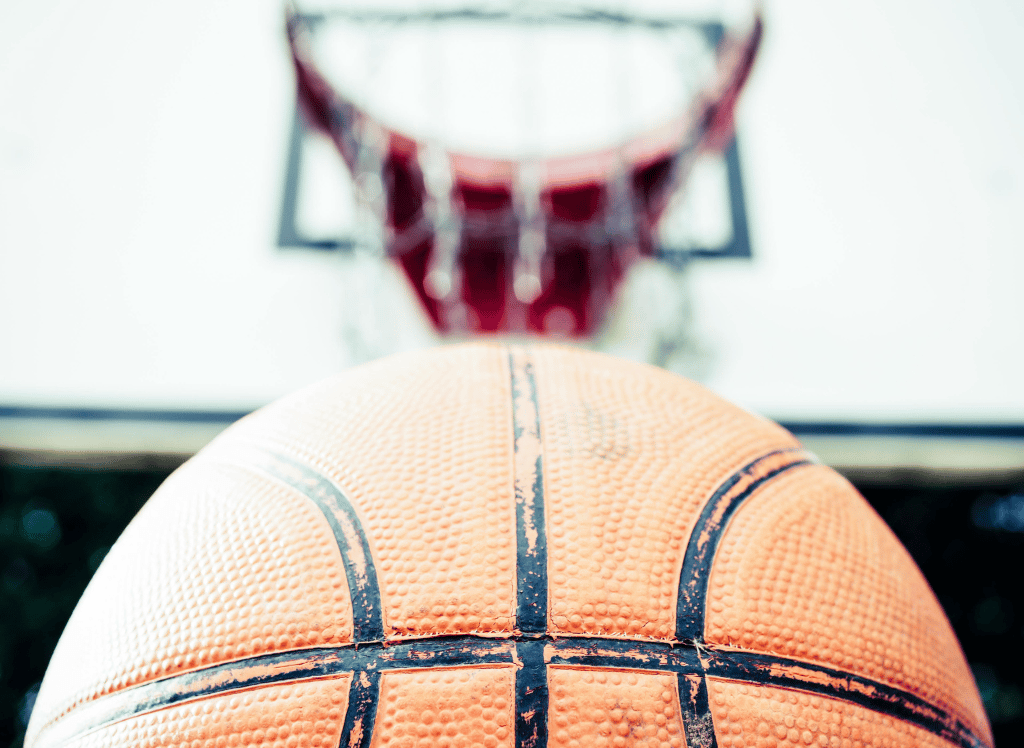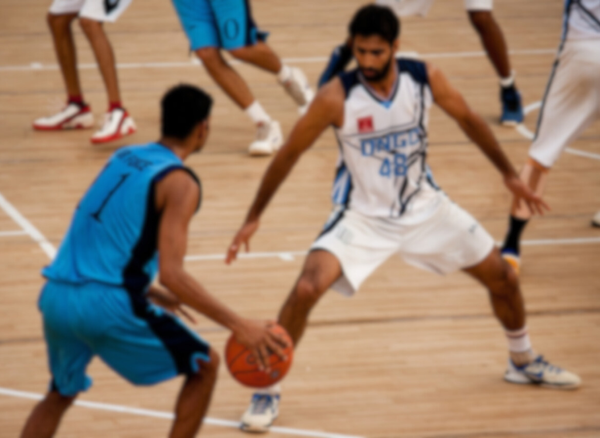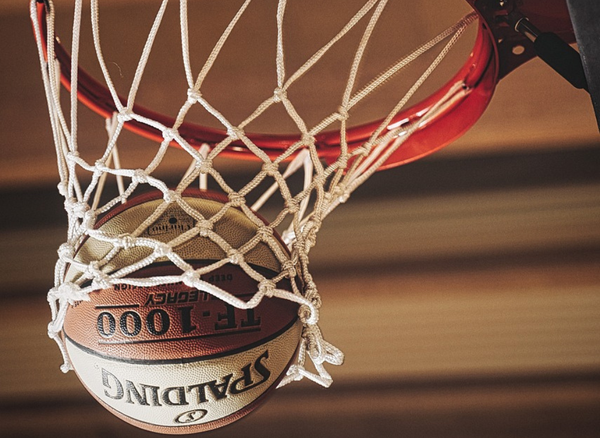Basketball is a game of grace, skill, and the occasional facepalm-inducing mistake known as the double dribble. It's like trying to text your crush with sweaty hands – you're bound to slip up and send something you didn't mean to. But what exactly is this basketball blunder that has players and fans alike smacking their foreheads?
The Double Dribble Rule Explained
Imagine you're an offensive player, you've got the ball, and you're feeling like the king of the court. You start dribbling, stop to show off your killer crossover, and then, oops, you start dribbling again. Congratulations, you've just committed a double dribble! In the world of basketball rules, this is a big no-no.
It's like hitting the pause button on your favorite song only to realize you can't dance to silence.
When a Double Dribble Occurs
A double dribble occurs when a player dribbles the ball with both hands simultaneously or when they start dribbling, stop dribbling, and then resume dribbling. It's like trying to take two bites of your sandwich at once – it's just not going to work. This dribbling violation is a foundational tool in ensuring fair play and encourages ball movement rather than allowing a player to hog the spotlight.
The Art of Dribbling Without Doubling
Dribbling is like the secret sauce to a player's offensive game. It's all about keeping a controlled dribble and knowing when to pass or shoot. If a player dribbles, holds the ball, and then decides to dribble again, they've essentially tried to rewrite the basketball rulebook. And let's be honest, no one likes a show-off who makes up their own rules.
How a Double Dribble Violation Occurs
Picture this: the ball handler is sprinting down the court, they stop dribbling to avoid a defender, and then, in a moment of panic, they start dribbling again. That's when the whistle blows, and a double dribble violation occurs. It's like accidentally pressing send on an unfinished tweet – everyone sees the mistake.
The Impact on the Game
When a double dribble illegal move is called, the opposing team gets the ball. It's like giving your opponent the last slice of pizza – it just feels wrong. This turnover can shift the momentum of the game and give the other team a chance to score. It's a reminder that even the smallest mistakes can have big consequences.
Avoiding the Dreaded Double Dribble
To avoid double dribbles, players must keep their pivot foot planted and maintain a single, continuous dribble. Once they've ended their dribble by grabbing the ball with both hands, they can't start dribbling again. It's like trying to un-eat that piece of cake – once it's done, it's done.
The Role of the Referee
The referees are the eagle-eyed guardians of the court, always on the lookout for dribbling violations. When they spot a double dribble, they'll blow the whistle faster than you can say "oops." It's their job to keep the game clean and fair, even if it means calling out your embarrassing slip-up.
Double Dribble vs. Other Violations
Double dribbling often gets confused with traveling violations or carrying violations. While they're all party fouls in the basketball world, each has its own distinct flavor of rule-breaking. Traveling is like taking too many steps without dribbling, and carrying is when you get a little too cozy with the ball on top of your hand.
Teaching Young Players
In youth basketball, teaching young players the dribbling rules is crucial. It's like instilling good table manners – start early, and they'll thank you later. Coaches drill into their players the importance of a controlled dribble and the consequences of getting too fancy with the ball.
The Evolution of the Rule
The double dribble rule has been around since the early days of the National Basketball Association (NBA). It's evolved to help maintain the flow of the game and prevent players from taking advantage of the dribble. It's a rule that's as old as the granny shot but just as important.
The Double Dribble in Professional Play
Even in the NBA, where players are the cream of the crop, double dribbles can happen. It's a reminder that everyone makes mistakes, even the pros. When a double dribble violation occurs at this level, it's like watching a unicorn trip over a rainbow – rare but oddly entertaining.
FAQ Section
Can a double dribble result in free throws for the other team?
No, a double dribble results in a turnover, not free throws. It's like dropping your ice cream cone – you don't get a new one, you just watch someone else enjoy theirs.
Is a double dribble the same as a personal foul?
Nope, a double dribble is a turnover related to dribbling violations, while a personal foul involves unwanted physical contact. Think of it as the difference between stepping on someone's toes during a dance versus actually kicking them.
What should a player do if they've stopped dribbling and can't shoot or pass?
If a player stops dribbling and can't make a move, they should look for a teammate to pass to or pivot to find an open space. It's like being cornered at a party – find an exit or someone to talk to, but don't start dancing by yourself again.
Summary
Double dribbling in basketball is a bit like accidentally calling your teacher "mom" – it's awkward, and you'll want to avoid it at all costs. It's a violation that can turn the tide of a game and leave players red-faced. Remember, keep your dribble continuous, your pivot foot down, and your eyes on the prize. And if you do mess up, just shake it off and get back on defense. After all, the best offense is a good defense, right?









